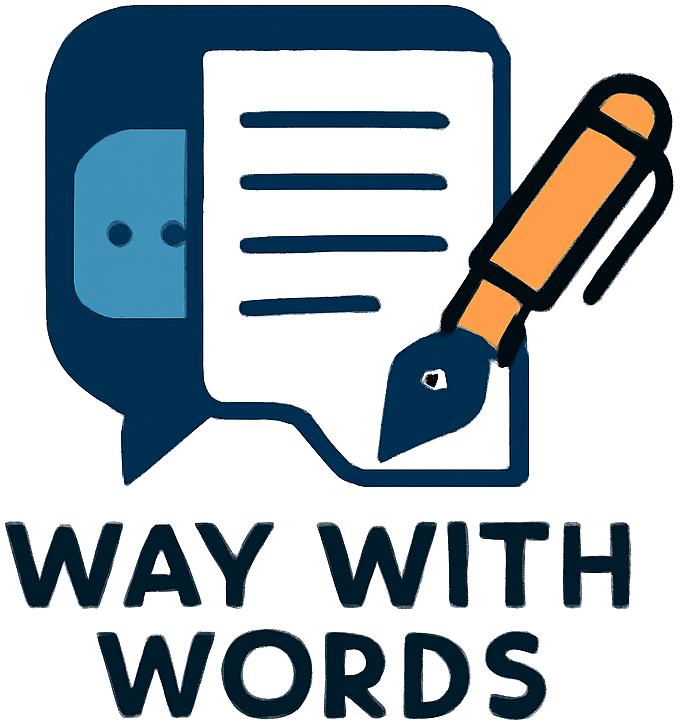Learning is a lifelong process, and there are various ways to learn. One of the most effective methods of learning is the experiential learning cycle. It’s a process of learning by doing, reflecting, and applying those reflections. The experiential learning cycle involves four stages, namely, experiencing, reflecting, conceptualizing, and applying.
Experiential learning is all about actively engaging in the learning process, and it helps develop critical thinking, problem-solving, and decision-making skills. It’s a practical approach to learning that enables learners to apply what they’ve learned in real-life scenarios. Let’s take a closer look at the experiential learning cycle.
Stage 1: Experiencing
The first stage in the experiential learning cycle is experiencing. This stage involves actively participating in an activity or event. It could be anything from a field trip to a group project or an experiment. During this stage, learners are encouraged to use all their senses to take in everything that’s happening around them. It’s crucial to fully engage in this stage to get the most out of the learning experience.
Stage 2: Reflecting
The second stage in the experiential learning cycle is reflecting. During this stage, learners reflect on their experience and think about what they learned. Reflection is a crucial part of the experiential learning cycle as it helps learners understand how the experience has impacted them. Reflecting also helps learners identify any challenges or issues they encountered during the experience, and how they overcame them.
Stage 3: Conceptualizing
The third stage in the experiential learning cycle is conceptualizing. During this stage, learners begin to make connections between their experience and their knowledge. They start to develop a deeper understanding of the experience and how it relates to the concepts they’ve learned. This stage is all about analyzing the experience and identifying the key takeaways.
Stage 4: Applying
The final stage of the experiential learning cycle is applying. During this stage, learners apply what they’ve learned in real-life scenarios. Applying knowledge in real situations is a crucial part of the experiential learning cycle. It enables learners to understand how the knowledge they’ve gained can be useful in solving real-life problems.
The experiential learning cycle is an effective approach to learning as it allows learners to actively engage in the learning process. It is especially important for students who learn best by doing and experiencing things firsthand. The experiential learning cycle is also an effective way to develop critical thinking and problem-solving skills.
Benefits of Experiential Learning
Experiential learning is critical in developing life skills such as decision-making, problem-solving, and critical thinking. Here’s how experiential learning benefits learners:
1. Active Learning
Experiential learning encourages learners to actively participate in the learning process. It’s a hands-on approach that enables learners to learn by doing.
2. Personal Growth
Experiential learning helps learners reflect on their experiences, identify their strengths and weaknesses, and develop their personal and social skills.
3. Real-Life Application
The experiential learning cycle enables learners to apply what they’ve learned in real-life scenarios. This helps learners understand how the knowledge they’ve gained can be useful in solving real-life problems.
4. Collaborative Learning
Experiential learning promotes collaborative learning where learners work together to complete tasks and projects. This helps learners develop teamwork and communication skills.
Conclusion
The experiential learning cycle is a practical approach to learning that enables learners to actively engage in the learning process. It’s an effective way to develop critical thinking and problem-solving skills and helps learners apply what they’ve learned in real-life scenarios. To make the most out of the experiential learning cycle, learners should reflect on their experiences and think about how they can apply what they’ve learned to solve real-life problems. Experiential learning is a lifelong process, and it’s essential for learners to continue to develop their skills through hands-on experiences.

